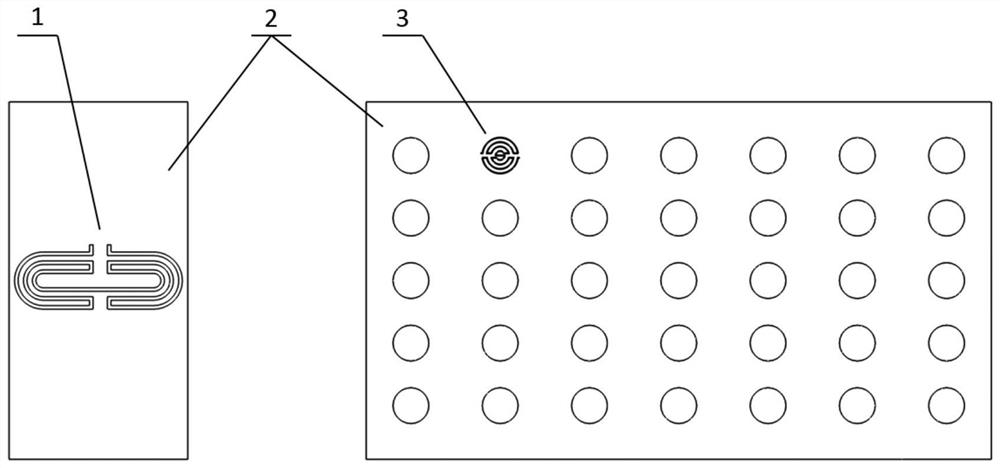A sensor measures blood flow in collateral arteries of the heart
A vascular flow and sensor technology, applied in the field of sensors, can solve the problems of erroneous measurement results, large influence, large ultrasonic equipment, etc., and achieve the effects of high data reliability, reduced complexity, and strong timeliness
- Summary
- Abstract
- Description
- Claims
- Application Information
AI Technical Summary
Problems solved by technology
Method used
Image
Examples
Embodiment Construction
[0034]The above objects, features, and advantages of the present invention can be more clearly understood, and the technical solutions of the present invention will be described in detail below with reference to the accompanying drawings and specific implementation. It should be noted that the described embodiments are merely the embodiments of the present invention, not all of the embodiments, based on the embodiments in the present invention, those skilled in the art without making creative labor premise All other embodiments belong to the scope of the invention.
[0035]It should be noted that all directional instructions (such as above, lower, left, right, and back) are only used to explain the relative positions of each component in a particular attitude (as shown in the drawings). Relationship, exercise, etc., if the specific posture changes, the directional indication is also changed accordingly.
[0036]SeeFigure 1 to 3In one embodiment, a sensor that measures cardiac artery bypas...
PUM
 Login to View More
Login to View More Abstract
Description
Claims
Application Information
 Login to View More
Login to View More - R&D
- Intellectual Property
- Life Sciences
- Materials
- Tech Scout
- Unparalleled Data Quality
- Higher Quality Content
- 60% Fewer Hallucinations
Browse by: Latest US Patents, China's latest patents, Technical Efficacy Thesaurus, Application Domain, Technology Topic, Popular Technical Reports.
© 2025 PatSnap. All rights reserved.Legal|Privacy policy|Modern Slavery Act Transparency Statement|Sitemap|About US| Contact US: help@patsnap.com



